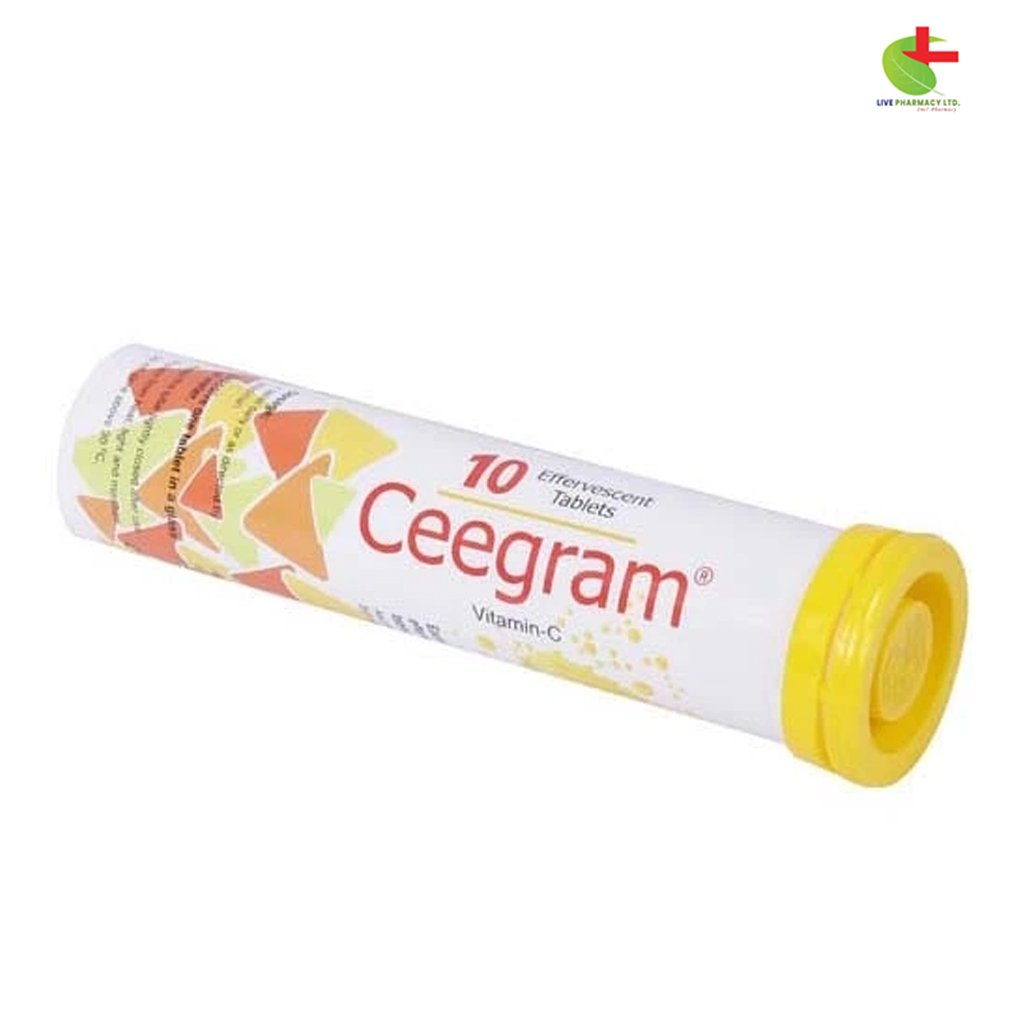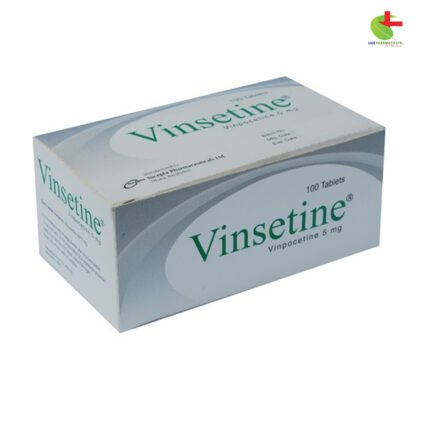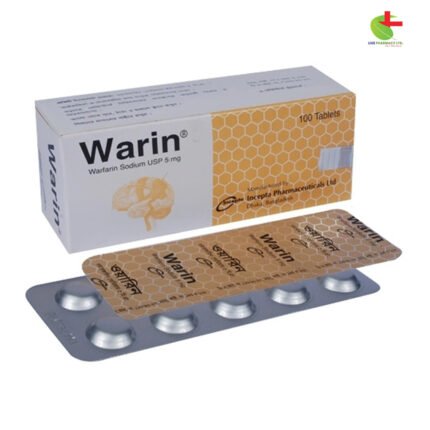Ceegram
100.00৳ Strip
- Prevents and treats scurvy
- Supports wound healing and bone recovery
- Enhances iron absorption and helps treat anemia
- Promotes collagen formation for healthy connective tissues
- Contributes to immune function and helps prevent infections
- Supports the health of gums, teeth, and capillaries
- Reduces the risk of stroke in the elderly
 Brand
Brand
|
Incepta Pharmaceuticals Ltd |
|---|---|
 Generics
Generics
|
Vitamin C [Ascorbic acid] |
 Type
Type
|
Tablet |
Indications for Ceegram (Ascorbic Acid)
Ascorbic Acid (Ceegram) is commonly used to:
- Prevent and treat scurvy caused by vitamin C deficiency.
- Aid in the healing of wounds and fractures by supporting tissue repair.
- Contribute to the formation of collagen in connective tissues, promoting healthy skin and joints.
- Enhance iron absorption to prevent and treat anemia.
- Stimulate the production of hemoglobin and red blood cells in the bone marrow.
- Strengthen the immune system, helping to prevent infections, including colds.
- Promote healthy capillaries, gums, and teeth.
Always use Ceegram as directed by a registered healthcare professional.
Pharmacology
Ceegram (Ascorbic Acid) is a vital nutrient that the body cannot produce naturally, so it must be acquired through diet or supplements. This vitamin plays several key roles:
- Supports tissue growth and repair, adrenal function, and the immune system.
- Acts as a powerful antioxidant, protecting cells from damage due to pollution, infections, and oxidative stress.
- As a coenzyme, it is crucial for wound healing, drug metabolism, and the metabolism of cholesterol and folic acid.
- Promotes healthy hair, skin, and gums, contributing to overall well-being and vitality.
Dosage and Administration
Oral Tablets:
- For prevention of scurvy: 1 tablet daily.
- For treatment of scurvy: 1-2 tablets daily, with higher doses based on severity.
- For stroke risk reduction (elderly): 1-2 tablets daily.
- General use: 1 tablet daily or as advised by your doctor.
- Maximum safe dose: 2000 mg daily, divided into doses.
Oral Sachets:
- 1 sachet daily or as directed by a physician.
- Maximum dose: 2000 mg/day (up to 4 sachets).
Parenteral Administration:
- Intramuscular (IM) preferred for best absorption.
- For intravenous (IV) administration, dilute the solution in a large volume of saline, water, or glucose to avoid adverse reactions.
- Recommended dose for scurvy: 300 mg to 1g daily; higher doses may be used as needed.
- For wound healing: 300-500 mg daily for up to 10 days pre- and post-surgery.
- For severe burns: 1-2g daily, based on injury severity.
- Maximum dose: Can go up to 6g per day for certain conditions under medical supervision.
Always consult with a healthcare professional before using parenteral forms of Ceegram.
Drug Interactions
- Hazardous interactions: Ascorbic acid may interact with various drugs, including aminophylline, bleomycin, and chloramphenicol sodium succinate. It is not recommended to mix ascorbic acid with these medications.
- Beneficial interactions: Ascorbic acid enhances iron absorption and increases the half-life of paracetamol, improving its effectiveness.
Side Effects
Ceegram is generally safe, but high doses may lead to:
- Gastrointestinal issues like diarrhea and bloating.
- Iron over-absorption, potentially harmful in individuals with certain blood disorders.
- Hyperoxaluria and hyperuricosuria, particularly in patients with a history of kidney stones.
Excessive use during pregnancy (more than 5g/day) may lead to complications, including fetal abortion.
Pregnancy and Lactation
Ceegram is safe in standard doses during pregnancy and lactation. However, high doses (above 5g/day) should be avoided during pregnancy due to potential risks to the fetus.
Precautions and Warnings
- Megadoses of vitamin C (over 1000 mg daily) should be avoided, especially during pregnancy, as they may cause adverse effects such as scurvy in newborns.
- False positive results may occur in certain lab tests (glucose, creatine, uric acid) due to the reactive nature of Ceegram.
Storage Instructions
Store Ceegram in a cool, dry place at temperatures below 30°C, away from direct light and moisture.













Reviews
There are no reviews yet.